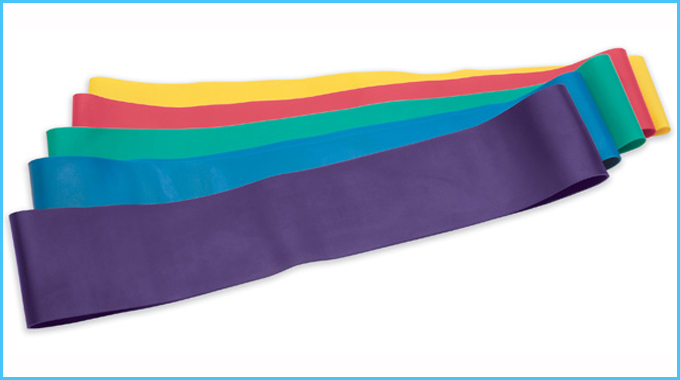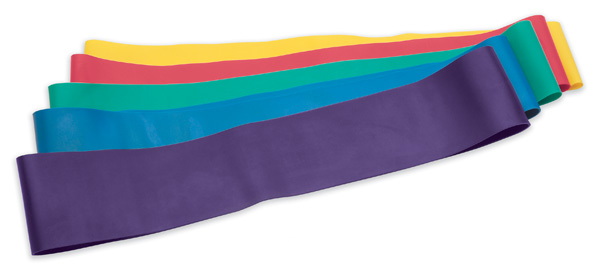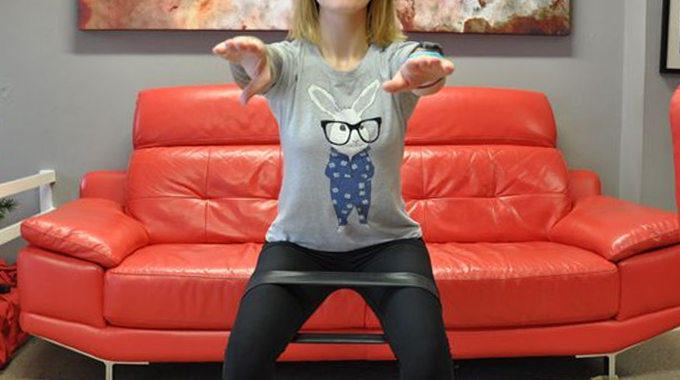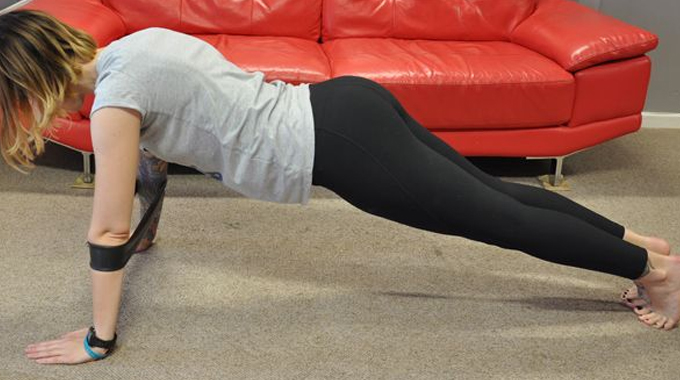Originally developed to assist with physical therapy, mini resistance bands have stretched their way into our local gyms, and have become a popular choice for core and leg workouts.
The purpose of the miniband is to add resistance to your usual floor exercises and to aid with strength training, stability and endurance. Available in a variety of sizes and colours, they are also offered in a number of resistances: Light, Medium, Heavy, Extra Heavy.

The mini band has gained a lot of attention for being an alternative to weights training which, if carried out with poor form, can result in injury. With a simple band, you can transform your regular floor exercises into a harder workout. And what makes it our new favourite workout tool, is that you can take it anywhere.





